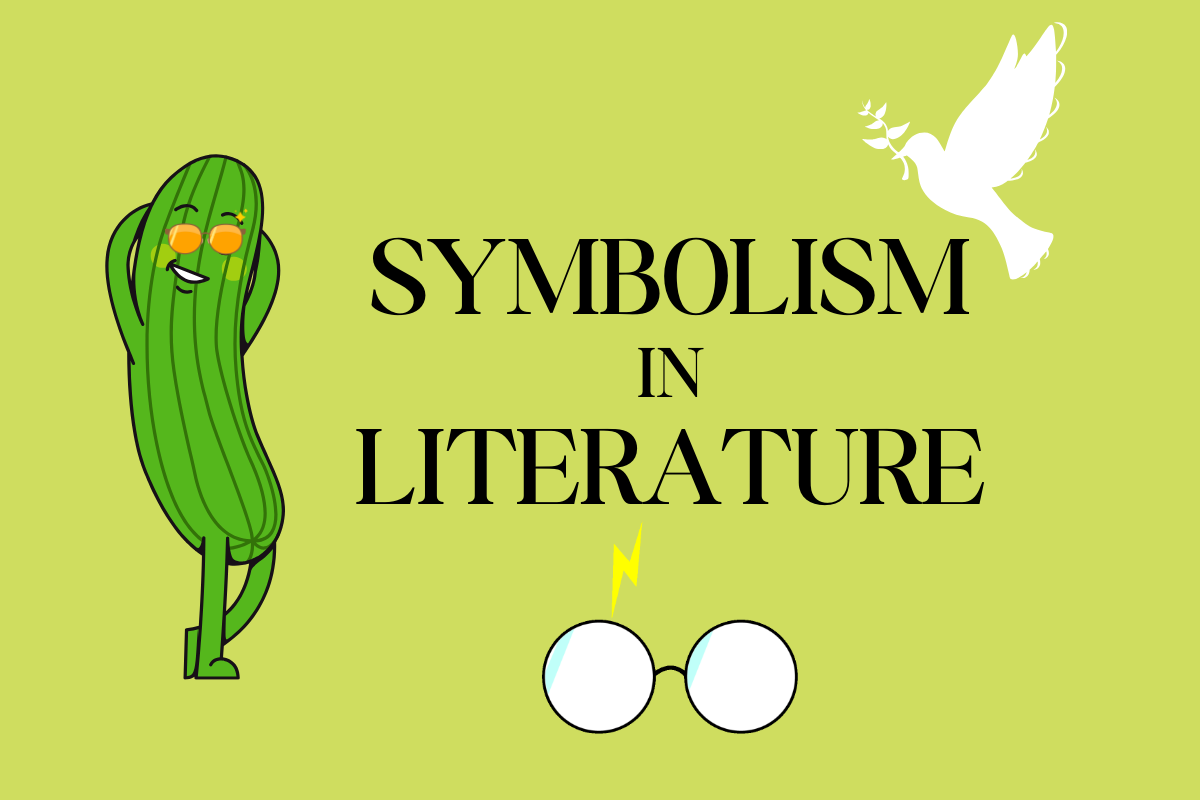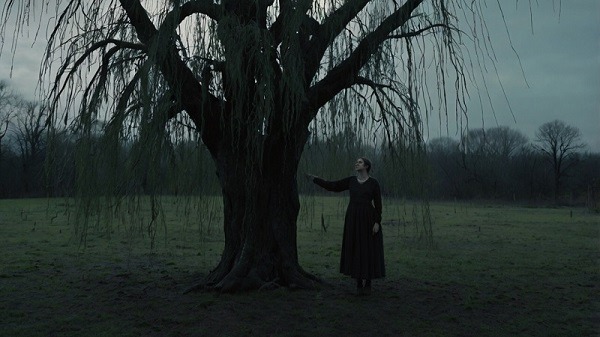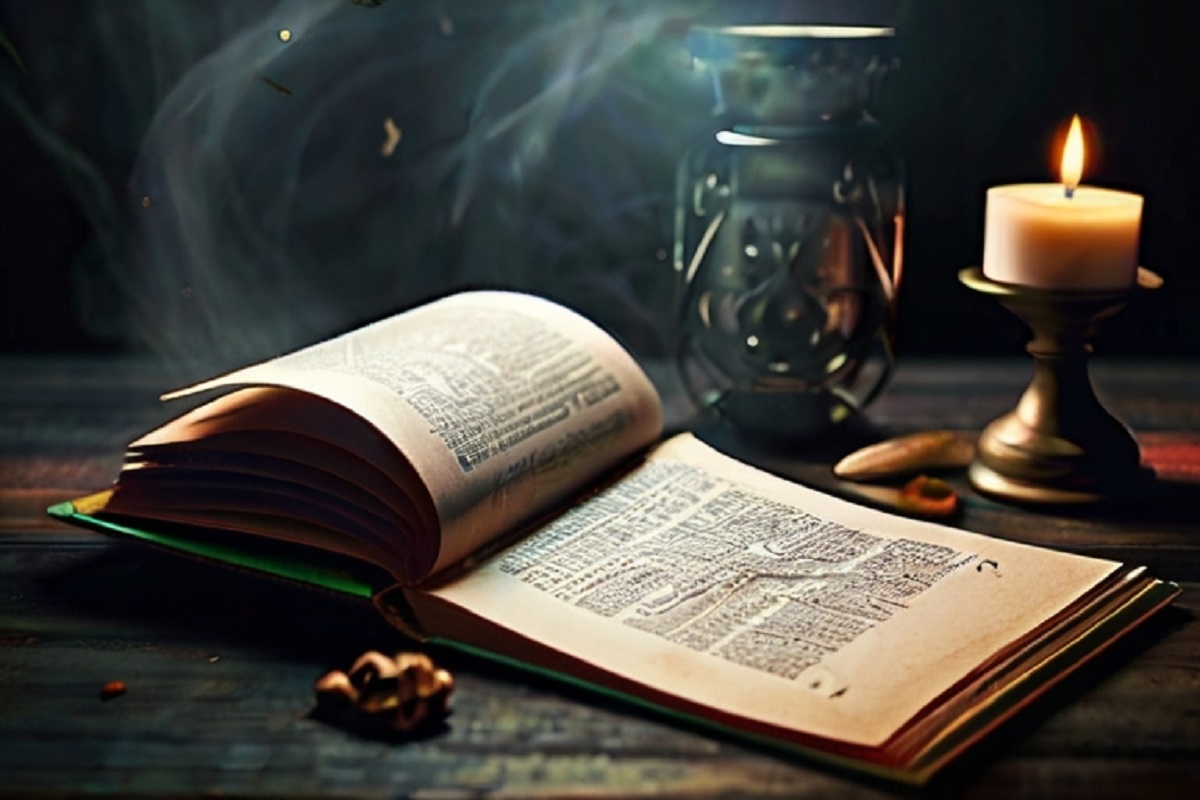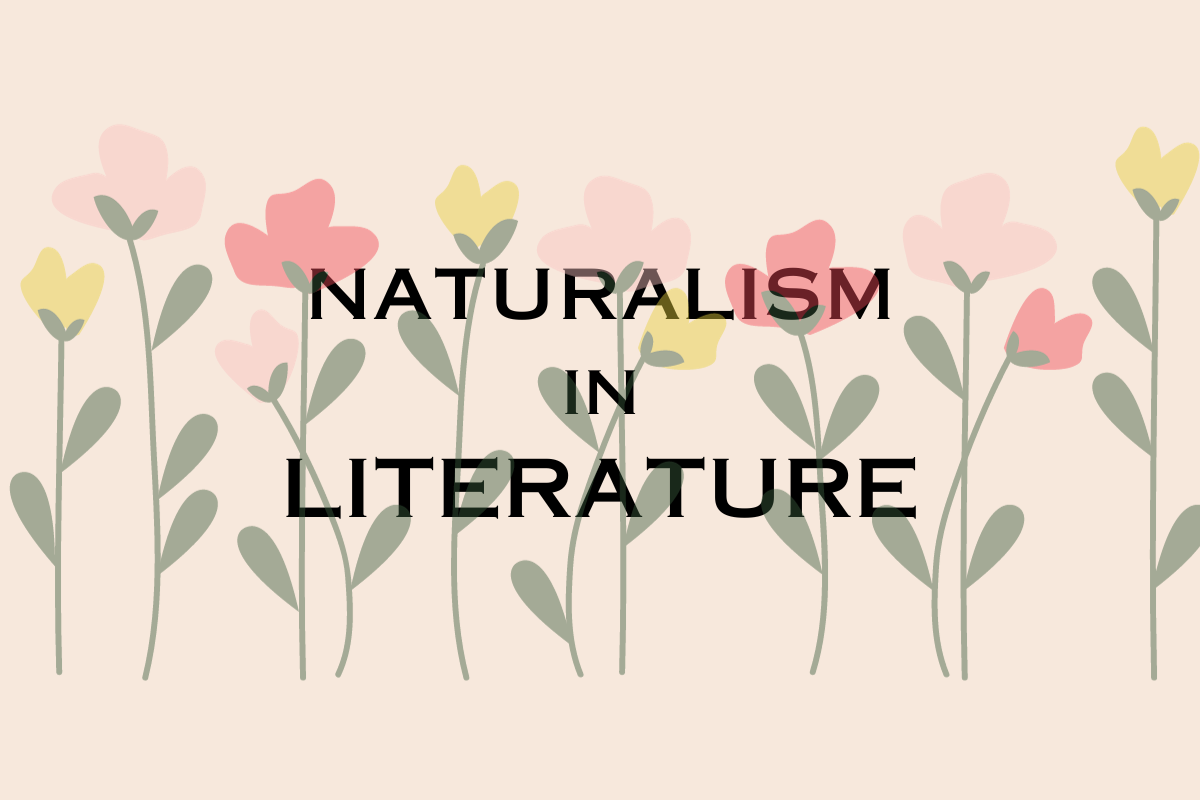Symbolism as a literary and artistic trend appeared in the late 19th century. It started mainly in Europe as an answer to the realism and naturalism all over the arts. Rather than just showing reality, symbolism used symbols to express deeper meanings and emotions in literatures. It put a focus on metaphor, suggestion, and creating mental pictures.

Symbolism in Literature
The word Symbolism to describe a literary and artistic trend was first used by French poet Jean Moréas in the late 19th century. In 1886, he wrote a piece called Le Symbolisme” in Le Figaro, a French newspaper. Here he explained the aims and principles of the Symbolist trend. His piece marked the start of Symbolism as a known artistic and literary trend.
Jean Moréas and his piece had a huge part in giving the Symbolist trend its definition. They impacted how it developed in literature and visual arts.
Prominent Example of Symbolism in Literature
In The Great Gatsby, a novel by F. Scott Fitzgerald, the green light at the end of Daisy’s dock stands for Gatsby’s out of reach dream. It also shows the elusive idea of the American Dream as Gatsby hopes for a future that always stays just a bit too far away.
Prominent Symbolism Writers
When people talk about Symbolism, the top names are poets like Stéphane Mallarmé, Arthur Rimbaud, Paul Verlaine, and artists such as Gustav Klimt, Odilon Redon, and Fernand Khnopff. This movement shaped future art scenes, like Surrealism and Expressionism.
Characteristics of Symbolism
Key characteristics of Symbolism in literature include:
- Use of Symbols: Symbols were a big deal. Artists and writers used these to show abstract thoughts, feelings, and spiritual themes. Each symbol had its own special meaning.
- Subjectivity and Emotion: Symbolist pieces focus on the person, their inner world, and feelings. They highlight dreams and thoughts hidden in the subconscious. The goal? To create a mystical, spiritual vibe.
- Ambiguity and Allusion: These works make you think. They’re full of different meanings and can be vague. To understand them, you have to dig deep. References to tales of old, spiritual themes, and literature are used a lot.
- Synesthesia: Symbolists loved mixing senses. They showed how one feeling or sense can trigger lots of others.
- Decadence and Aestheticism: A lot of Symbolist creators were captivated by themes of decay, excess, and beauty for beauty’s sake. They found inspiration in the mood of the late 1800s – a time people called the fin de siècle (end of the century).
- Rejection of Realism: Symbolists didn’t stick to realistic representations. Instead, they focused on capturing the deeper, spiritual essence of their subjects.
- Connection to Art Nouveau: Art Nouveau and Symbolism share common ground in art and design. Both value delicate, natural shapes and strive for independence from conventional artistic trends.
Types of Symbolism in Literature
There are different types of Symbolism in literature, and some of them are:
1. Metaphor
It is an expression that illustrates an item or activity in a non-literal way to clarify a concept or make a comparison.
Example: Her smile was a ray of sunshine on a cloudy day.
Consider someone’s smile compared to a sunshine ray. The smile, like sunlight piercing the clouds, lifts the mood, spreading warmth and light on a gloomy day through the metaphor.
2. Simile
It is an expression comparing two things using like or as.
Example: Cool as Cucumber.
Here, they compare a person to a cucumber as he is too cool to handle things.
3. Allegory
It is a story, poem, or picture that exposes a concealed meaning, mostly moral or political.
Example: In George Orwell’s Animal Farm, farm creatures portray various elements of the Russian Revolution, making it allegorical.
4. Archetype
It is a common character, action, or scene that seems to depict universal human nature patterns.
Example: Harry Potter in J.K. Rowling’s series reflects the hero archetype. He’s the courageous, young, and fated figure overcoming hurdles and beating evil, following the classic hero’s journey storyline.
5. Personification
It is an expression where things, ideas, or animals are granted human traits.
Example: Light slowly filled the room through the spaces in the curtains, like a gentle wakeup call. (This metaphor makes light seem like it’s softly waking up the room, just like a person.)
6. Hyperbole
It is an exaggeration that can make a point more memorable or entertaining.
Example: In Jonathan Swift’s Gulliver’s Travels, Gulliver finds himself in Brobdingnag, a place where people are so huge that everyday things, like a needle, are as tall as a church tower. This extreme size difference emphasizes how tiny and exposed Gulliver feels in this strange place.
7. Metonymy
Sometimes we use a thing or idea’s name to stand for something it’s closely related to.
Example: For instance, in Shakespeare’s plays, The Crown symbolizes the rule of royalty, highlighting its control and authority.
8. Irony
At times, we use words with meanings that are different from what we really intend to say
Example: Like when Romeo and Juliet first meet at the Capulet’s feast in Shakespeare’s play. Romeo, unknown to Juliet, is a Montague, and they instantly fall in love. The twist? Their families are bitter enemies, but they don’t know each other’s real identities, leading to tragic events later on. This is a perfect example of dramatic irony, where the readers or viewers know something the characters don’t.
Symbols can make a story strong and reveal deep truths. Various symbols bring out different feelings for readers. The main aim of using symbols in literature is to make the reader’s journey more enriching. Symbols are also used in movies to help the audience draw conclusions and understand meanings.
In general, the use of symbols drew art and literature away from just showing reality. It pushed them towards a more thought-provoking and implied method. This invites audiences to dig into the intricate and layered meanings hiding behind the symbols used in the works.
Recommended: C.S. Lewis | Writing Style, Themes and Books



